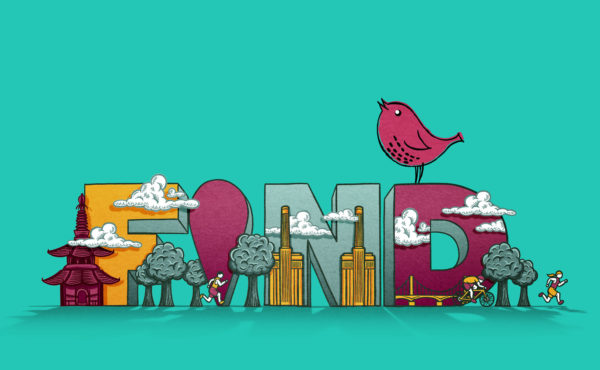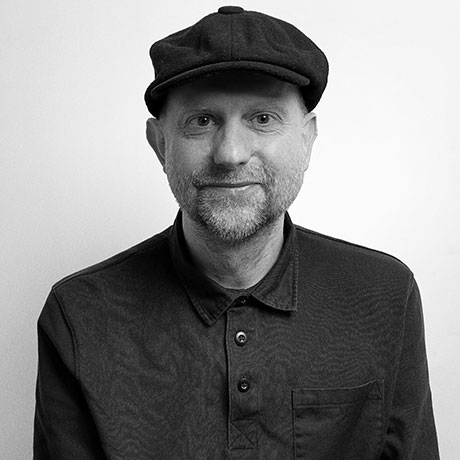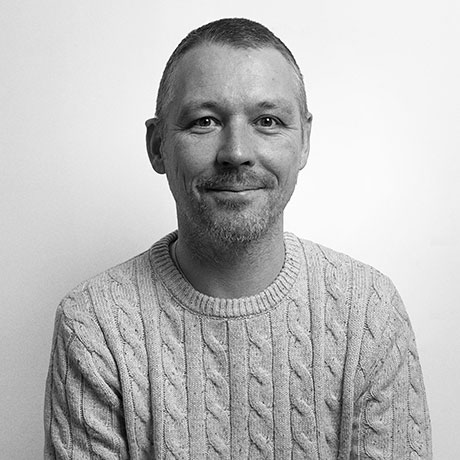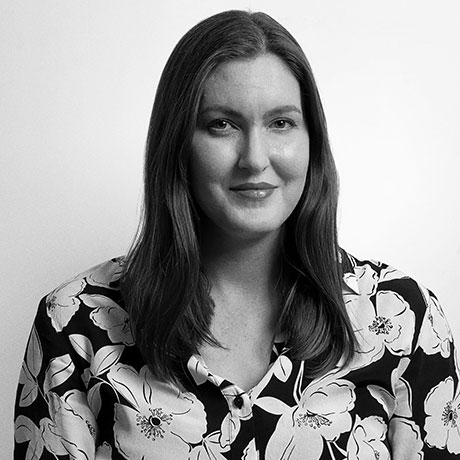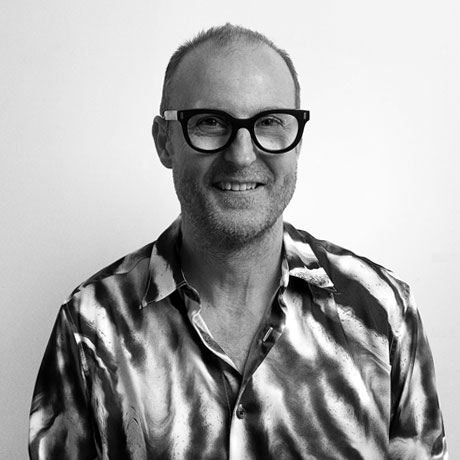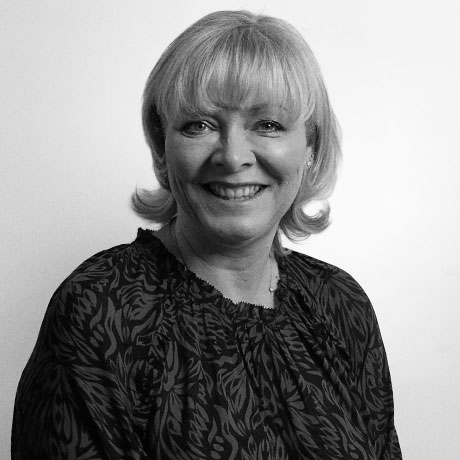Remote working and the evolution of the workspace in creative industries
by
In March 2020, many companies were forced to welcome working from home as a solution to the Covid-19 pandemic. Universities were forced to cancel exams and grade degrees differently. The world of work for both students and professionals flipped.
The loneliness of the long-distance worker can be described to be a double-edged sword. On one hand, solitude can give a huge quantity of time to improve my productivity. On the other, the sudden detachment from friends and society becomes its own terrible distraction.
When I started working at Wordbird in February 2021, I found that the constant communication, virtual meetings and ‘camera-on culture’ acted as a steppingstone between remote working and office culture. The Wordbird culture created a ‘team feeling’ even during the days of isolation and lockdown. This feeling was key for me as a new starter as it made the job itself less daunting and allowed me to take the job within my stride. Through setting up ‘get-to-know’ meetings with the team, it really didn’t take long to feel like I was part of the team and knew what everyone did within the agency. I think asking lots of questions was really crucial. This enabled me to get to grips with the new role and the responsibilities that came with it. I think is the number one action any new starter should do when starting a new job remotely.
More recently, among other companies, Wordbird is making the best of both worlds, office-based and remote working. Through companywide workshops and surveys, Wordbird has created a hybrid model of working, increasing days in the office slowly from 1 day a week to 3 days a week, accommodating personal and professional needs. This hybrid model allows individuals to have their own thinking space at home, and then be able to bounce ideas off other people and feed from one another’s energy when collaborating face-to-face with each other in the office.
I honestly think this hybrid model of working, which Wordbird has adopted, can be and is the future of the creative industries.
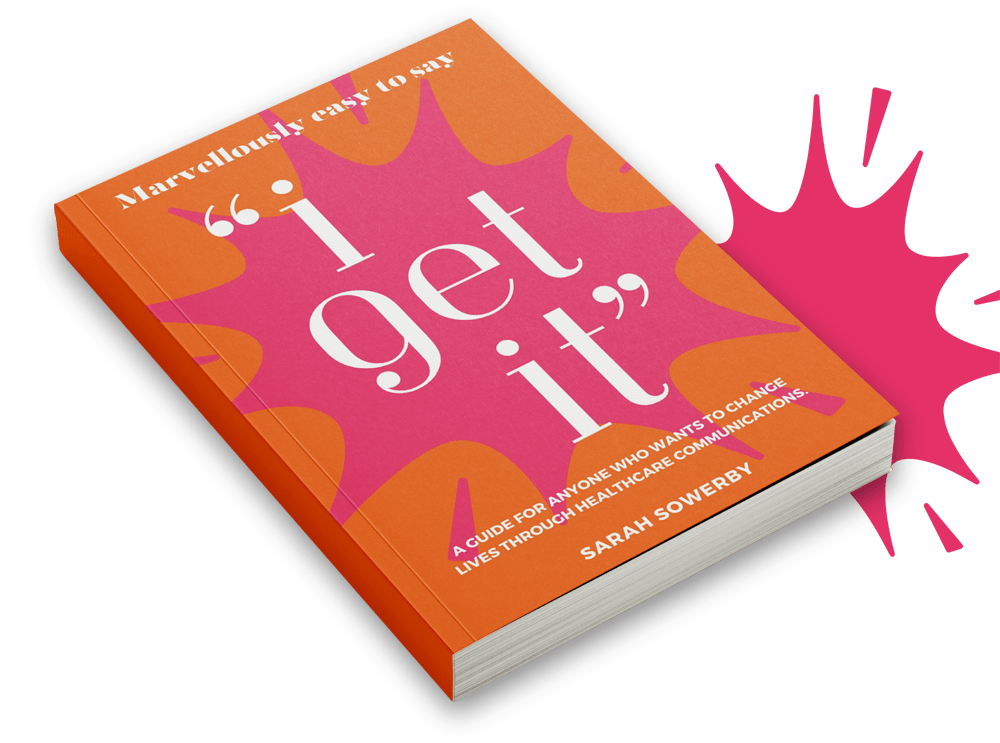

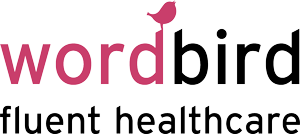
 Back
Back
